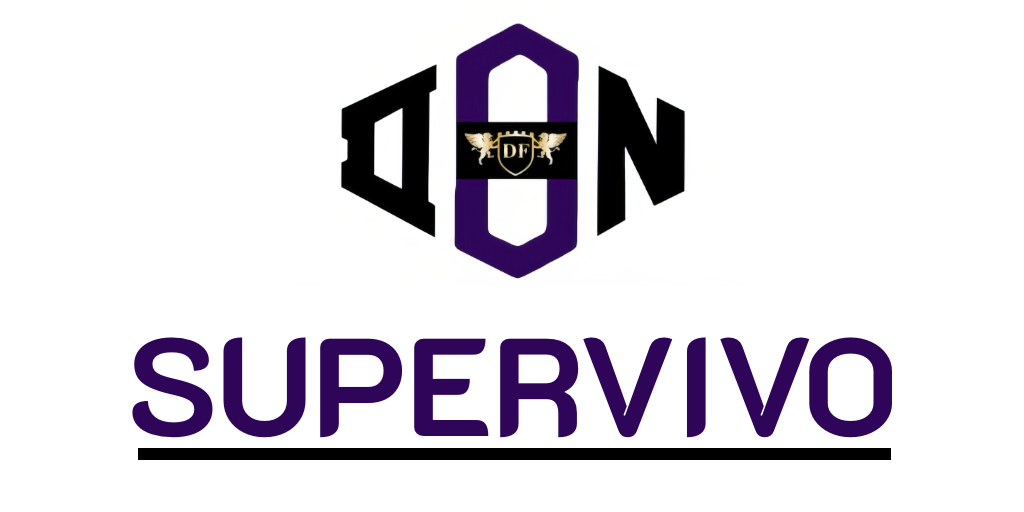In the evolving landscape of digital creation, understanding the tech stack for a website is essential. A technology stack encompasses all the tools and frameworks that underpin a website’s functionality, from the user interface to server-side scripts. Selecting the right combination of website technologies influences not only the performance but also the scalability and user experience of your site. Therefore, careful consideration of your specific needs and objectives is vital in making informed tech decisions that propel your online presence forward.
Understanding Tech Stacks: What You Need to Know
In the ever-evolving world of web development, grasping the concept of understanding tech stacks becomes essential. A tech stack refers to the combination of technologies and tools that developers employ to create a website or web application. An informed choice regarding your tech stack can pave the way for enhanced performance, scalability, and maintainability of your project.
Defining a Tech Stack
Defining a tech stack encompasses a variety of components, ranging from programming languages, libraries, frameworks, to databases. Considered as the backbone of any web application, each element plays a crucial role in its functionality. A well-defined tech stack aligns with the project’s goals and influences the development process significantly.
The Importance of Choosing the Right Tech Stack
Selecting the best technology stack cannot be overstated. It impacts development speed, integration ease, and ultimately shapes the user experience. With an optimal tech stack, developers find themselves with tools that not only meet the requirements but also support future scalability. Investing time in understanding tech stacks lays the groundwork for a successful digital presence.

What Tech Stack Website: An In-Depth Exploration
Creating a successful website requires an understanding of its website tech stack components. This exploration will delve into the key elements that form the foundation of any web application, focusing on frontend technologies and backend technologies. By examining these aspects, developers can make informed decisions that enhance the overall user experience and functionality of their sites.
Key Components of a Website Tech Stack
The essential elements of any tech stack revolve around both frontend technologies and backend technologies. Combined, they work in harmony to create a cohesive user experience while efficiently managing data and functionality. Key components include:
- HTML, CSS, and JavaScript for the frontend
- Databases such as MySQL and MongoDB for the backend
- Server-side languages like Ruby and Python for application logic
Front-End vs. Back-End Technologies
Front-end technologies dictate how a user interacts with a website, providing the visual elements and responsiveness users expect. Tools like CSS frameworks and JavaScript libraries allow developers to build engaging interfaces. On the contrary, backend technologies deal with server-side functions, focusing on data management and application performance. Understanding these distinctions is pivotal for anyone looking to build a robust, effective website tech stack.
Best Technology Stacks for Different Website Types
Choosing the right tech stack is essential for the success of various website types. Each stack has its unique features, enabling different functionalities tailored to specific needs. An optimal choice can enhance performance, user experience, and scalability while ensuring seamless management.
E-Commerce Platforms
The e-commerce landscape is ever-evolving, demanding reliable and efficient technology stacks to manage transactions and user interactions. Popular e-commerce tech stacks include the MERN stack, well-suited for dynamic applications, and the LAMP stack, which provides stability and robustness. These stacks facilitate seamless integrations and enhance user engagement, making them ideal for online retailers.
Blogs and Content Management Systems
For blogs and content management systems, flexibility and ease of use are paramount. WordPress stands out as a prominent platform, leveraging PHP and MySQL to create user-friendly and customizable environments. This approach supports diverse content types and allows users to manage their websites with efficiency. Other content management systems also benefit from various tech stacks, promoting creativity and innovation.
Enterprise Solutions
Enterprise solutions require robust tech stacks to ensure scalability and security. Popular options often include Java Spring and .NET frameworks. These best technology stacks provide enhanced performance and support large user bases, enabling businesses to manage extensive data and complex operations effectively. The choice of a solid tech stack can influence overall growth and operational success.
Popular Website Frameworks to Consider
When embarking on a website development project, selecting the appropriate framework significantly influences both functionality and performance. Numerous popular website frameworks cater to different needs and preferences, providing developers with the tools necessary to create engaging and efficient web applications.
JavaScript Frameworks
JavaScript frameworks are ideal for developing interactive websites and applications. Frameworks such as Angular, React, and Vue.js empower developers to create dynamic user interfaces while ensuring a seamless experience. These JavaScript frameworks prioritise speed and responsiveness, making them highly sought after for modern web development.
Python Frameworks
For projects requiring robust back-end solutions, Python frameworks like Django and Flask stand out. These frameworks offer simplicity and flexibility, allowing developers to build scalable applications quickly. They excel in managing data and are a popular choice for web solutions that require a strong server-side presence, enabling efficient data handling and processing.
PHP Frameworks
In the realm of server-side development, PHP frameworks continue to dominate, particularly for content management systems. Frameworks such as Laravel and Symfony provide extensive functionality, streamlining development and enhancing overall performance. Their extensive support for web features and community resources solidifies their position among the leading popular website frameworks.
Web Development Tools for Every Tech Stack
In the realm of web development, utilising the appropriate tools can significantly enhance productivity and streamline processes. The right combination of web development tools empowers developers to create, manage, and deploy their projects efficiently. This section delves into two critical aspects: version control systems and API management tools.
Version Control Systems
Version control systems play a vital role in modern web development. Tools like Git enable developers to keep track of changes made to code, allowing teams to collaborate seamlessly. These systems not only preserve the history of a project but also facilitate branching and merging, making it easier to work on multiple features simultaneously. Incorporating a robust version control system into your tech stack ensures that your development process remains organised and manageable.
API Management Tools
API management tools are essential for any developer working with application programming interfaces. Solutions like Postman and Swagger simplify the tasks of designing, testing and documenting APIs. They provide a user-friendly interface for interacting with various endpoints, enabling developers to ensure smooth communication between different software components. By integrating effective API management tools into your workflow, you can enhance the functionality and performance of your applications.
Optimising Your Website Infrastructure Configuration
In today’s digital landscape, optimising your website infrastructure configuration has never been more critical. Fine-tuning server settings and selecting appropriate hosting solutions can significantly enhance your site’s performance and reliability. By making informed decisions in this area, you’re not just setting the stage for success; you’re creating a robust foundation that supports your online presence.
A key component of optimising web infrastructure is implementing load balancing techniques to efficiently distribute incoming traffic across servers. This practice ensures that no single server becomes a bottleneck, allowing for a seamless user experience. Additionally, leveraging content delivery networks (CDNs) can help reduce latency, delivering content swiftly and enhancing the overall speed of your website.
Moreover, regular monitoring and adjustments are essential to adapt to fluctuating website traffic and user behaviour. This agile approach in managing your infrastructure configuration fosters a responsive online environment, enabling you to meet user expectations and stay ahead of the competition. Embrace these optimisations as a continuous journey, and witness the transformative impact on your website’s performance and user engagement.









